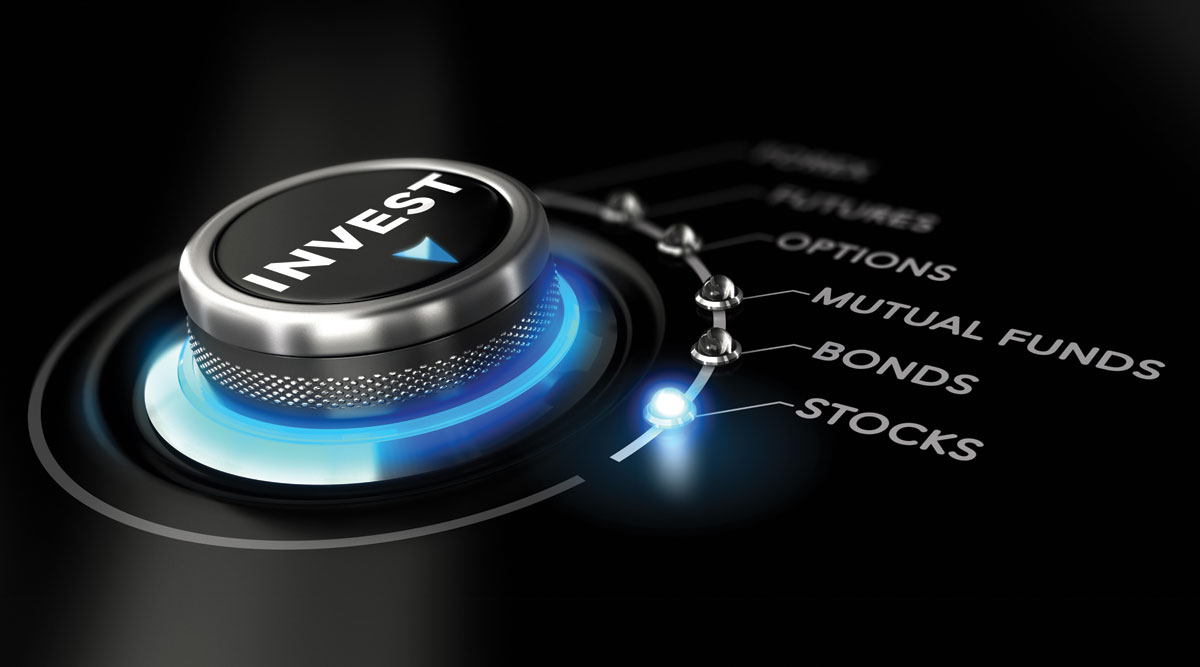ON INVESTING, TIME IS THE SPECIAL SAUCE
Investing in the stock market is a proven way to increase wealth. One key to success is to invest over a long period of time to allow the power of compounding to work for you, writes Arjun Oza. – @Siliconeer #Siliconeer #investing #stockmarket #arjunoza
Warren Buffett is considered the greatest investor of the modern era. Starting with $9,800 in 1950, he has built one of the truly astounding fortunes ever. His net worth is currently valued at $67.6 billion dollars. One magazine pegs it at $67.7 billion. But why quibble over just a hundred million dollars, right? He is quite simply, obscenely rich. Moreover, he has donated several billion dollars to charity. All this has been achieved starting with under $10,000 in 1950. Wouldn’t you like to invest exactly as he does?
Buffett’s wealth is derived from his holdings in his company called Berkshire Hathaway (BH). Over 99% of his wealth is invested in BH. It is publicly traded, which means any of us can buy shares in BH and prosper proportionately exactly as Warren does. If the stock of BH goes up 10%, Warren’s wealth increases by 10%. So does our investment in BH. And if the stock goes down 20%, his wealth decreases by 20%. So does ours.
OK, a little digression now. Let us talk about the stock market. The stock market, as the name implies, is a market for all publicly trades companies. Since they are traded publicly, you and I can buy shares in these companies and our fortunes will be tied to the performance of these companies. There are over 3,000 publicly traded companies in America. Many of these companies are lumped together to form an index.
Think of an index as a collection of companies that share something in common.
When people in the world of finance talk about the market, they are almost invariably talking about the Standard and Poor’s 500 index (“S&P 500”) which is the collection of nearly 500 of the most prominent companies in America ( Interesting aside, the S&P 500 comprises 505 stocks not 500. Just a fun quirk.)
Think Facebook, Wal-Mart, Coca Cola, Ford Motors, Wells Fargo etc. The S&P 500 in fact represents approximately 75% of the value of all publicly traded companies in America. Again, the S&P 500 index represents a collection of America’s most prominent and largest companies.
Since it would be impractical for individuals like you and me to buy shares in each of the 500 companies (!), many financial institutions bundle all 500 companies together and allow us to buy a slice of that bundle. With one purchase, we are buying shares in all 500 companies. So, with each dollar we invest, we basically get to invest in each of the 500 companies. Congratulations. You can own a slice of America’s 500 most prominent companies with one single financial transaction. You are now a captain of industry since you own a part (OK, a very, very small part) of America, Inc. And you can own it without paying much to the financial firm (“money manager”) that sold it to you.
Why? First, so many individuals want to own this index that the amount invested in it is huge (think trillions of dollars). By charging you very little, say 5 cents for every $100 you invest (or 0.05%), the firm is still making good money. Since the money manager invests in an index that is very specifically pre-defined (the 500 stocks in the S&P 500 index), it doesn’t need to think about how to invest. It doesn’t need to hire a bunch of financial analysts to analyze hundreds of companies. Also, it doesn’t keep selling and buying different companies every day. Hence, its costs are low.
This type of investing, where there is little discretion on the part of the money manager on where to invest is called passive investing. In this case, you are investing in the index and not the skill of the money manager. Tongue-in-cheek, even a monkey can manage an index fund. Sounds boring, right?
So here is a simple quiz for you.
You have two investing options.
You can bet alongside Warren Buffett, the greatest investor ever, for the past 10 years, by buying shares in his company Berkshire Hathaway. Or you can buy a boring, passive S&P 500 fund for the past 20 years.
Which would you choose?
Well, if you chose BH, you would have done well. Your $100 invested in BH in 2005 would be worth approximately $250 in 2015. Not bad at all.
But the same $100 invested in the S&P 500 index in 1995 with dividends being reinvested would be worth about three times more than the BH stake invested in 2005.
Time, not brains, is your best friend in the world of investing. Why? The value of companies generally increase over time. The increase may be unsteady, there are occasional setbacks, some companies go bankrupt, new companies emerge in their place and prosper, but America Inc. has invariably become wealthier over a long stretch of time.
By buying a broad-based index, you are buying a slice of America, Inc. and as it prospers so do you. And despite recessions and elections and wars, its march has been on an upward slope. The longer time you invest for, the more likely the power of its compounded growth works for you.
Start your investment habit early in life.
Past performance is not a guarantee of future results. The above article is for informational purposes only. Readers are advised to seek individual advice from a professional of their choice before investing.


